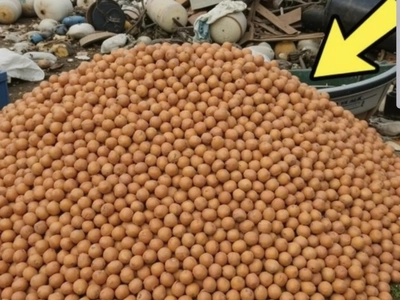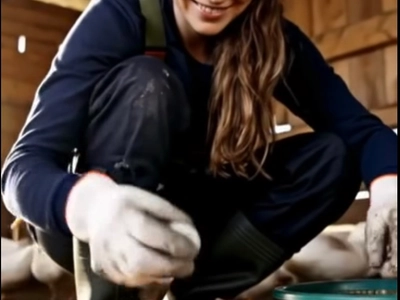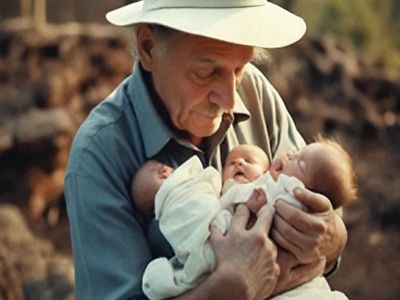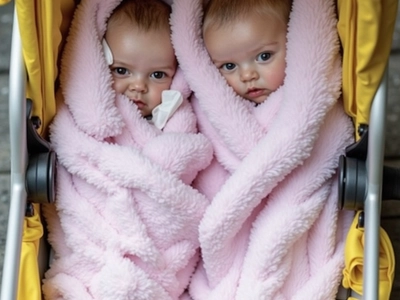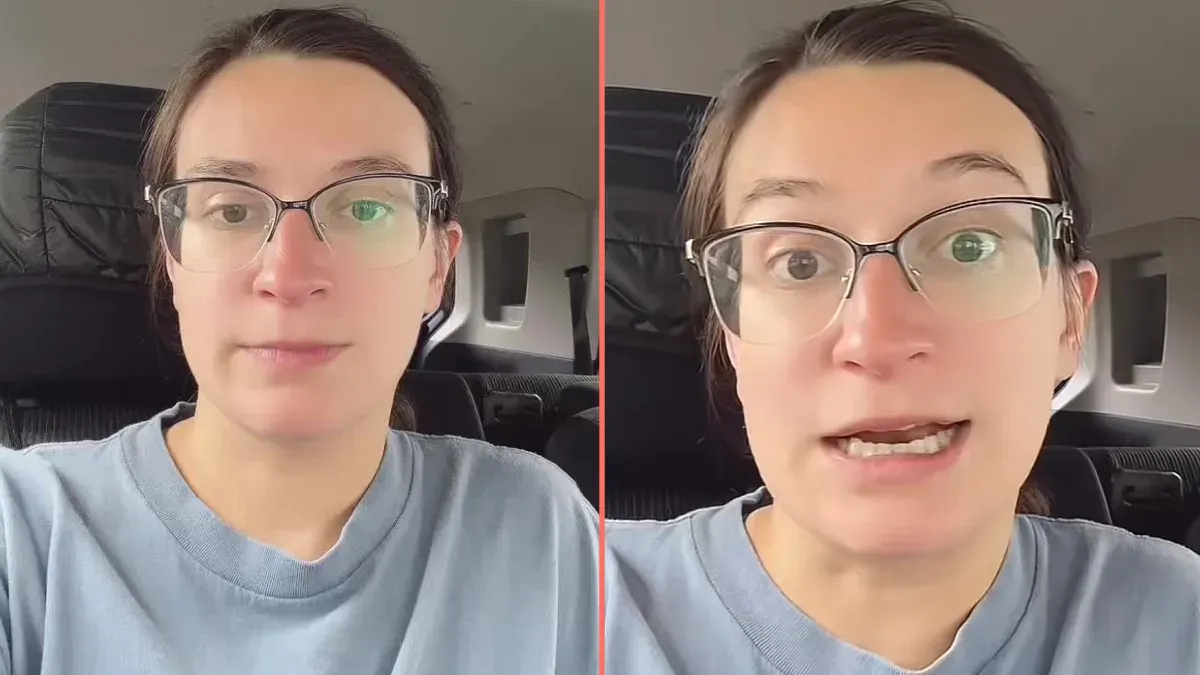20,000 chicken eggs were removed from stores and dumped at the city landfill, but after three months something unexpected happened
In early spring, when the city was just waking from its sleepy winter mood, something happened that at first seemed completely ordinary. The health department ran one of its regular inspections and ended up confiscating about twenty thousand chicken eggs from stores all around town. They weren’t poisoned or dangerous—just old, cracked, or dirty. A few were long expired. Nothing special. They were simply deemed unfit for sale and were loaded onto trucks headed to the city’s landfill, a dull place fenced in with barbed wire and smelling faintly of decay.
Workers dumped the boxes onto the heaps of garbage without a second thought. The egg cartons, stacked high, looked strange among the piles of broken furniture, spoiled vegetables, and plastic bags. Within days, the spring rain softened the cardboard boxes until they fell apart. Some eggs broke open, others disappeared into the mud, and the rest lay hidden under layers of trash. Birds pecked at a few and flew away, disappointed to find the yolks spoiled. The event faded quickly from memory. People had seen stranger things in the city’s waste grounds.
Weeks passed. Flowers bloomed in the parks, the air grew warm, and the landfill remained what it always was—ugly, forgotten, and fenced off. No one paid it much attention. But three months later, something odd stirred there, something that would make everyone in the city talk.
One early morning, the caretaker of the landfill arrived for his usual round. He was a grumpy man who’d worked there for years and thought he’d seen everything. But that day, something felt off. The crows—those black, loud, fearless creatures that usually swarmed the organic pile—were gone. The air was strangely quiet, except for a faint rustling sound. Curious, he walked closer, expecting to find a dog or maybe a swarm of rats. What he saw instead made him freeze in place.
The trash heap was moving.
At first, he thought the heat was playing tricks on him. But then he looked closer—and gasped. Thousands of tiny yellow dots scurried across the rubbish, hopping over rotten potatoes, darting around crushed yogurt cups, and disappearing between bits of metal. They were chicks. Tiny, fluffy, chirping chicks, alive and fast, filling the landfill with sound and motion.
They were everywhere—under torn plastic, between tires, behind broken bottles. It looked like the whole place had come to life. The caretaker stood in disbelief, scratching his head. How could this be? He remembered the eggs they’d dumped months ago, but that was impossible. Eggs didn’t hatch on their own, not after so long, not without warmth, not buried under trash.
By noon, word had spread. People started arriving—first a few curious neighbors, then reporters, and by evening, half the city seemed to be there. Children squealed in delight as the chicks ran between their shoes. Adults whispered and took photos, shaking their heads in amazement.
The scientists came next. They examined the site carefully, measuring temperatures, collecting samples, and making notes. But nothing made sense. The landfill wasn’t warm enough to incubate eggs. There were no hens, no artificial heat, no protection from the cold nights. Everything about it broke the laws of biology.
Yet the chicks were undeniably real—alive, healthy, and full of energy.
The experts offered theories, each one more unbelievable than the last. Maybe chemical reactions in the trash had produced enough heat to start incubation. Maybe some rare bacteria had created a perfect microclimate. Maybe, one joked, nature had decided to play a prank. But none of the explanations held up. The conditions were too random, too harsh. Even if a few eggs had miraculously survived, how could so many hatch at once—after three months?
As the story spread beyond the city, people began calling them “the chicks from nowhere.” Some said it was a sign from nature, others said it was divine. News outlets from neighboring towns arrived to film the spectacle. It became a small media sensation, though no one could explain the cause.
Soon, locals began adopting the chicks. At first, out of pity—they couldn’t leave them to fend for themselves among the trash. Children begged their parents to take one home, promising to feed and care for it. Some people did it out of curiosity or for the novelty of owning one of the “miracle chicks.” But others had a different reason. They believed the chicks were special.
There was something about them—something quiet and watchful. They weren’t ordinary farm chicks. Their tiny black eyes seemed to follow you with intelligence. They adapted quickly, ate anything you gave them, and never seemed to fall ill. A few people even claimed their chick had grown faster than normal or survived things it shouldn’t have. One woman swore hers had disappeared for three days and then returned, dry and unharmed, after a heavy storm.
Superstitions began to grow.
Elderly women whispered that the chicks were spirits of renewal, sent to remind humans that life could bloom even from waste. Others said they were cursed, that such unnatural birth could only mean misfortune. When one man who adopted several fell ill, rumors spread fast that the chicks brought bad luck.
But despite the talk, more and more people wanted one. The landfill became a kind of pilgrimage site. Visitors from nearby towns came to see where it had all begun. Vendors sold snacks and souvenirs shaped like little yellow birds. Children posed for photos at the gates while volunteers handed out rescued chicks.
The caretaker, once grumpy and unnoticed, found himself giving interviews. He told the same story again and again—how he’d gone to check on the crows, how he’d seen the movement, how the ground itself seemed alive. But even as he told it, he still couldn’t quite believe it. Sometimes, when he returned to the landfill alone, he’d look out at the spot where it all started and feel a strange shiver. The garbage there seemed quieter now, almost respectful, as if something sacred had happened.
Months went by. Most of the chicks had been taken home. The few that remained scattered into the wild, joining flocks of sparrows or living around the landfill where food was plenty. Scientists stopped coming once they realized no further answers would appear. The city’s excitement faded. Life went on.
But every now and then, strange stories would surface. A teacher claimed that one of the miracle chicks, now fully grown, could mimic human sounds—whistles, even short words. A farmer said his “trash-born hen” laid eggs of unusual size and color. And one woman swore that when her husband died, the chick he’d cared for refused to leave his bedside, sitting quietly until the funeral.
People didn’t know what to believe. Maybe it was just coincidence. Maybe it was human imagination, desperate to find meaning in the bizarre. But still, the feeling lingered—that something had shifted, that the landfill’s miracle was more than just a scientific puzzle.
Years later, the story was still told to children in the city. They would laugh, imagining thousands of baby chicks popping out of the ground like flowers after rain. But older folks spoke of it differently, lowering their voices as if the memory itself carried weight. They said life had found a way in a place meant for death.
And perhaps that was the real wonder—not that eggs had hatched without warmth, but that even among decay and abandonment, something had refused to give up.
In the end, no one ever discovered how it happened. The landfill was eventually closed, covered over, and turned into a grassy hill. On quiet days, when the wind blew across the fields, locals claimed you could still hear faint chirps—soft, distant, and full of life.
People smiled when they heard that, unsure if it was true or just a trick of the breeze. But deep down, everyone liked to think that somewhere beneath that green hill, the “chicks from nowhere” were still there, hidden in the soil, keeping the secret of their strange birth forever.
